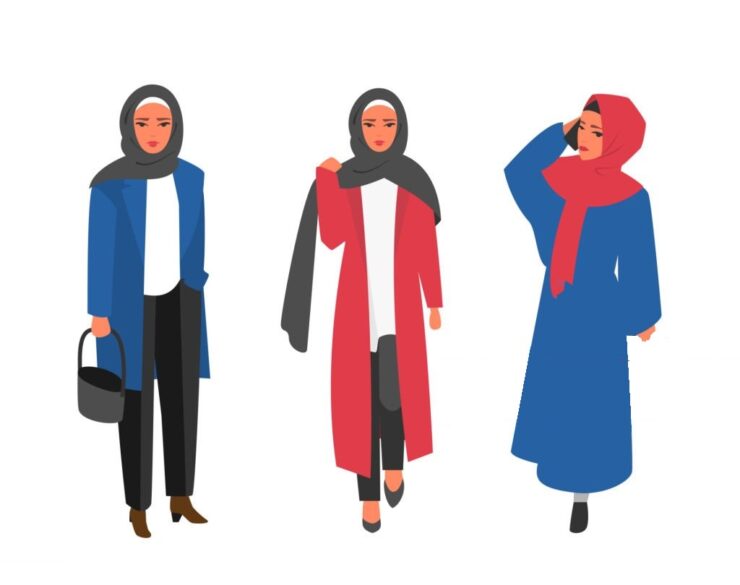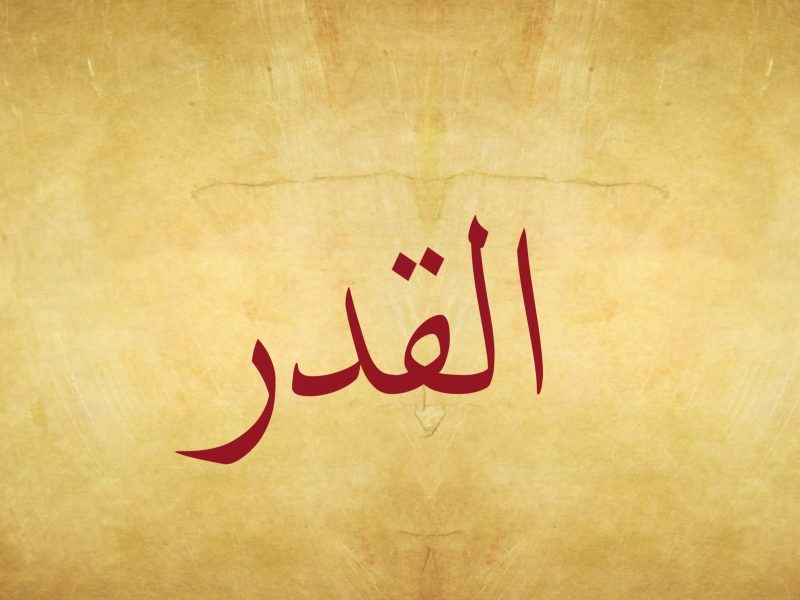Question: Is it obligatory to wear jilbab or abaya or can we wear any dress?
Muslim women must cover their whole body except their face, hands, and feet before stranger men. When they go out, they should wear a garment that covers other parts of their body. This garment should enable them to cover themselves comfortably. A Muslim woman can cover herself with a scarf along with an abaya; or with a coat, a mantle, or a shirt combined with loose trousers; or another piece of clothing that does not reveal the shape of her body, the seam, or the color of her inner garment (underwear).
“Oh, Prophet! Tell your wives and daughters and other believing women to draw their broad headscarves closer to themselves. This is more appropriate for them to be recognized (as chaste), and thus, not be discomforted. God is Forgiving and Beneficent.” (al-Ahzaab 33:59)
“Jilbab” is a “broad headscarf”. A woman covers her head and chest with it (Lisan al-Arab). The very same word is also used to refer to outer garments. In this verse, however, it is not appropriate to assign that meaning because outer garments are already close to one’s body. A broad headscarf, rather than a regular headscarf, is more likely to flutter about unless it is drawn closer and fixed over the body. One must draw her broad headscarf closer to her chest to avoid exposing the breast, neck, and hair.
The expression “more appropriate (أَدْنَى)” is a comparison between a regular headscarf (“khimar” mentioned in Noor 31) that covers the head, and neck and a broad scarf that covers the head, neck, and chest. According to this verse, wearing a broad headscarf that also covers the chest is better than a simple one covering the head and neck only, but it is not obligatory as long as you cover all the required body parts with your outer garment and scarf.








Add comment